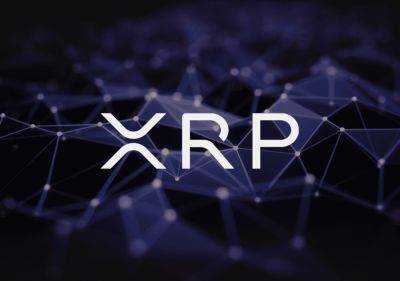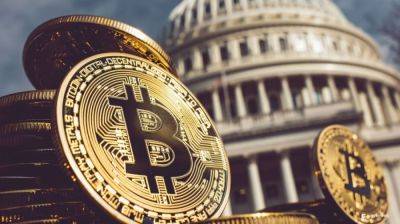The stock market is in its longest stretch without a 2% sell-off since the financial crisis
Wall Street's climb to record highs has come with conspicuously little volatility.
The S&P 500 has gone 377 days without a 2.05% sell-off. That's the longest stretch for the benchmark since the great financial crisis, FactSet data compiled by CNBC. The index hasn't experienced a gain of at least 2.15% in that time either.
This market lull comes as investors pile into megacap tech stocks such as Nvidia amid bets that artificial intelligence will boost profits. Year to date, the S&P 500 is up more than 14%. Expectations of Federal Reserve rate cuts have also buoyed the broad market index in 2024 as new data shows inflation moving closer to the central bank's 2% goal.
«At a high level, the clouds of macro uncertainty have parted over the last 12 months as receding inflation provided much-needed clarity into the future path of monetary policy,» said Adam Turnquist, chief technical strategist at LPL Financial. "The changing narrative from rate hikes to rate cuts and recessions to economic resilience helped drag the VIX down to multiyear lows, ultimately shifting the backdrop for stocks to a low volatility from high volatility regime."
The Cboe Volatility Index (VIX) is considered by many investors as the de facto fear gauge on the Street. Last month, it hit its lowest level going back to November 2020. On Friday, it traded around 13, near historically low levels.
"[T]he low VIX reflects the options market's complacency, with VIX at a three-year low," said Joseph Cusick, senior vice president and portfolio specialist at Calamos Investments. «This makes sense since institutions have been actively hedging; there is no urgency to sell underlying with these insurance products in place.»
It's unclear how long this low-volatility
Read more on cnbc.com




















